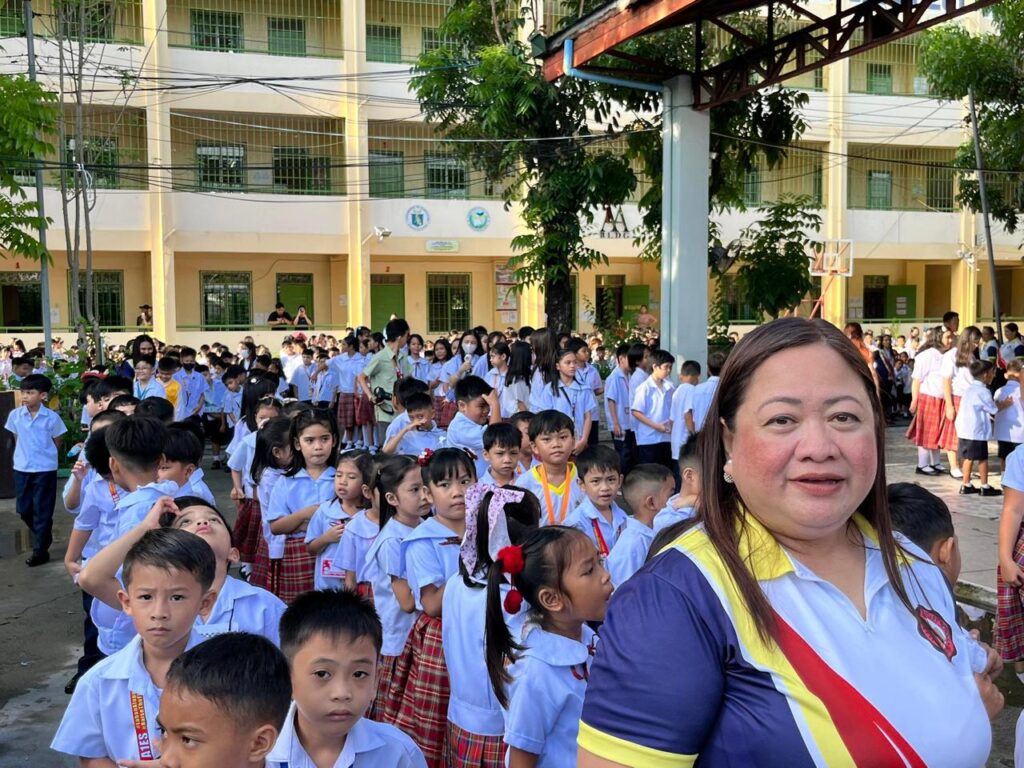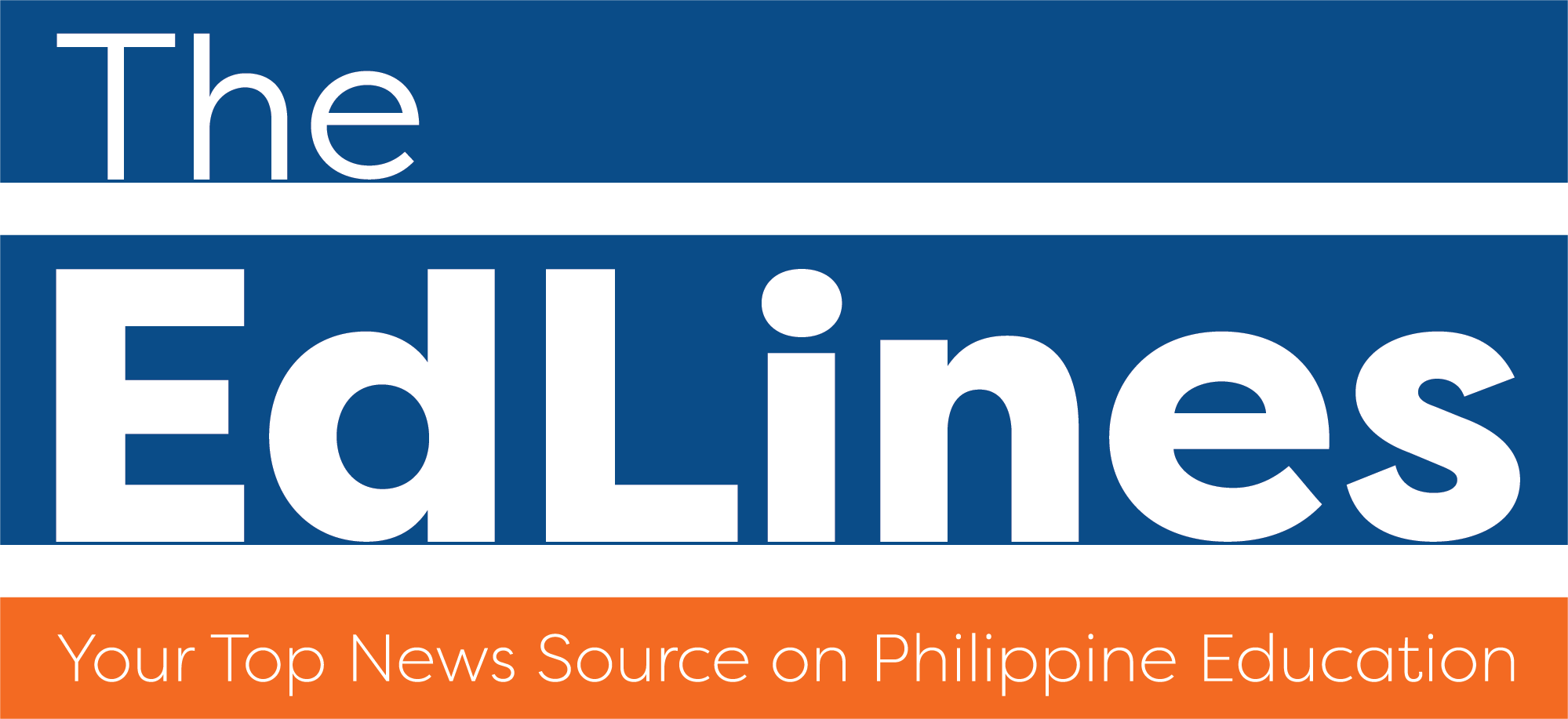
Students from the morning shift at Alapan 1 Elementary School in Imus City, Cavite take part in the first flag ceremony of the school year, led by School Principal Christian Mespher Hernandez. With more than 3,400 enrollees, the school has implemented a two-shift system to accommodate all learner.
As millions of students return to school today, the country’s public schools are once again faced with the challenge of teaching more with less.
With enrollment targeted at 27.6 million for School Year 2025–2026, the Department of Education (DepEd) begins the academic year while grappling with shortages in classrooms, teachers and learning resources while it implements curriculum reforms to start fixing longstanding issues with the K to 12 system.
Data from Dennis E. Legaspi, chief of Media Relations at DepEd, showed the agency is targeting enrollment at 27.6 million, an additional 590,00 enrollees from 27.01 million enrollments last year.
Of this, 15.42 million is projected to derive from elementary, 8.01 million from junior high school (Grades 7 to 10) and 4.17 million from senior high school (Grades 11 and 12).
The opening of classes was marked by a ceremonial visit to Epifanio Delos Santos Elementary School in Manila, led by Education Secretary Sonny Angara and President Ferdinand Marcos Jr. Angara is expected to visit additional schools in Taguig and Laguna to assess preparedness and their needs.
Staffing and classroom shortages
While enrollment is expected to rise, staffing and infrastructure deficits remain substantial.
The department estimates it needs to fill more than 56,000 teaching positions in 2025 alone.
As of June, the country has 875,514 teachers deployed. DepEd aims to hire 16,000 new teachers by the end of the year, which is part of 20,000 new positions approved under the 2025 national budget.
The shortage in classrooms is even more pressing. DepEd reports a nationwide backlog of 165,000 classrooms. At the current rate of funding and construction, it would take 55 years to eliminate the gap entirely.
As a result, many schools operate on double or even triple shifts to accommodate thousands of enrollees. A hybrid learning setup is also in place, though it raises concerns about the quality of instruction amid unreliable internet access and a limited supply of devices.
To accelerate infrastructure development, DepEd is pursuing a three-pronged strategy: constructing 105,000 classrooms through Public-Private Partnerships (PPPs); expediting procurement processes; and collaborating with the Department of Public Works and Highways (DPWH) to construct climate-resilient school buildings.
Addressing resource gaps
Efforts are also underway to improve textbook availability, with books for Grades 1, 4 and 7 nearing full procurement.
Through faster procurement cycles, the department is working to address the gaps highlighted by the Second Congressional Commission on Education(EDCOM 2). Based on its findings, only 27 textbooks were procured by DepEd out of 90 titles required for Grades 1 to 10 in the decade beginning from the K-12 implementation in 2012.
In addition to printed textbooks, learning continues through multiple platforms and diverse materials that started to emerge especially during the pandemic.
These include printed modules, the DepEd Learning Management System (LMS), the Learning Resource Portal, and mobile applications such as Likha.But learning resources have been diverse, especially after the pandemic, with materials ranging from printed modules, the DepEd Learning Management System (LMS), the Learning Resource Portal and digital tools such as the Likha App.
DepEd has begun distributing learning tools and digital equipment. As part of its early procurement initiatives, the agency has released this year over 33,000 laptops for teachers, more than 5,000 laptops for administrative staff and nearly 26,000 Smart TV packages.
SHS curriculum pilot begins
These persistent gaps are on top of the curriculum reform DepEd is implementing to fulfill the long overdue promise of the K-12 system for students to be job-ready after high school.
The updated framework reduces the number of required subjects and introduces greater flexibility in allowing students to explore various learning tracks.
Pilot schools were selected based on criteria including faculty readiness, facility adequacy and alignment with updated curriculum standards. DepEd reports positive responses from public consultations, with many students expressing interest in a more flexible and focused academic structure.
